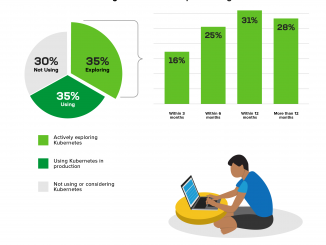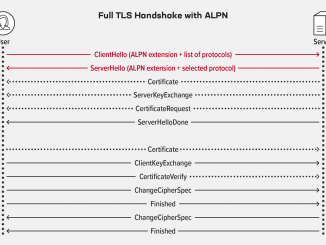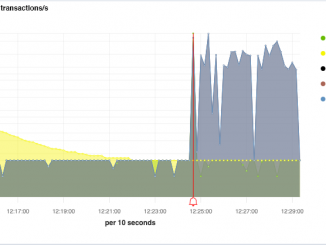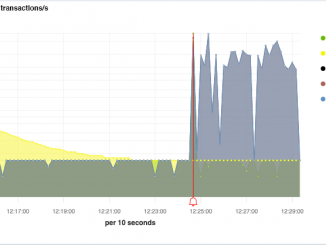
Lessons from the 2021 NGINX Survey: Your Kubernetes Adoption Journey
Lessons from the 2021 NGINX Survey: Your Kubernetes Adoption Journey As Kubernetes adoption has continued to increase, at NGINX we are closely tracking the Kubernetes and cloud‑native journeys of our community. In the 2021 NGINX Community Survey, we asked you a number of questions about where you are in that journey, what you are seeing and learning along the way, and what concerns you the most about this nascent technology. Kubernetes Adoption by The Numbers Let’s start with some adoption numbers. Of our respondents: 35% are using Kubernetes in production, including hybrid environments. 35% are actively exploring Kubernetes. 30% haven’t adopted nor are they actively exploring Kubernetes. If you’re like me, those numbers might make you think, “Wow, that’s a big difference from the 2020 Cloud Native Computing Foundation (CNCF) survey that had 83% of respondents using Kubernetes”. Yes, it’s a big delta. [ more… ]




